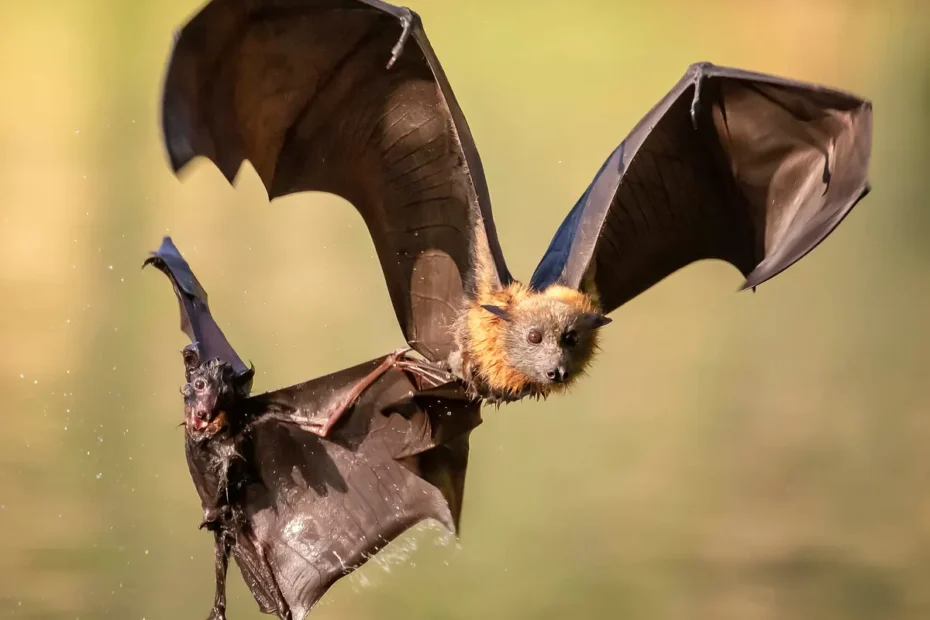When it comes to bats, especially the large, eye-catching flying foxes, misconceptions and fears often overshadow reality. Flying fox bats, with their impressive wingspans and distinct appearances, can easily become the subjects of myths and unwarranted fears. Let’s explore the question, “Are flying fox bats dangerous?” and shed light on the true nature of these fascinating animals.
1. Understanding Flying Fox Bats
Flying fox bats, belonging to the Pteropus genus, are among the largest bats in the world. Known for their dog-like faces and large wings, they are often found in tropical and subtropical regions. These bats play crucial roles in their ecosystems as pollinators and seed dispersers.
2. The Diet of Flying Fox Bats
One of the key factors in understanding the behavior of flying fox bats is their diet. They are frugivores, meaning their diet consists mainly of fruit, along with nectar and flowers. This diet is important to note as it influences their behavior and interaction with other species, including humans.
3. Are They Aggressive Toward Humans?
Contrary to some myths, flying fox bats are not inherently aggressive toward humans. They are generally shy and will avoid human contact whenever possible. Most flying fox species prefer to flee rather than confront when faced with a threat.
4. Flying Fox Bats and Disease Transmission
A common concern about flying fox bats is their potential to carry and transmit diseases. While it is true that bats, like many wildlife species, can carry viruses, the risk of direct transmission to humans is extremely low. Diseases associated with bats, such as rabies or the Hendra virus, are typically transmitted through direct contact or exposure to bat saliva or excreta. Maintaining a safe distance from wild bats and their habitats is the best way to prevent any potential risk.
5. The Importance of Flying Fox Bats in Ecosystems
Despite the fears they might inspire, flying fox bats are vital to the health of their ecosystems. As pollinators and seed dispersers, they contribute to the growth and diversity of forests, which in turn supports a wide range of wildlife. Their role in maintaining forest health cannot be overstated.
6. Conservation Status and Human Impact
Many species of flying fox bats are facing threats from habitat loss, hunting, and climate change. Their conservation status varies, with some species being listed as endangered. Human activities, including deforestation and fruit orchard management, have a significant impact on their populations.
7. Coexisting with Flying Fox Bats
Coexistence with flying fox bats is possible and important. Understanding their behavior, ecological role, and the low risk they pose to humans is key to this coexistence. Conservation efforts and public education can help mitigate conflicts and promote a harmonious relationship between humans and these bats.
8. Respect, Not Fear
Flying fox bats are not dangerous in the way that many myths and misconceptions suggest. They are, in fact, fascinating creatures that play an important role in our natural world. Understanding and respecting these animals, rather than fearing them, is essential for their conservation and the health of our ecosystems. The flying fox bat, with its impressive wingspan and ecological importance, is a creature to be admired and protected.
Featured image courtesy: www.theguardian.com
